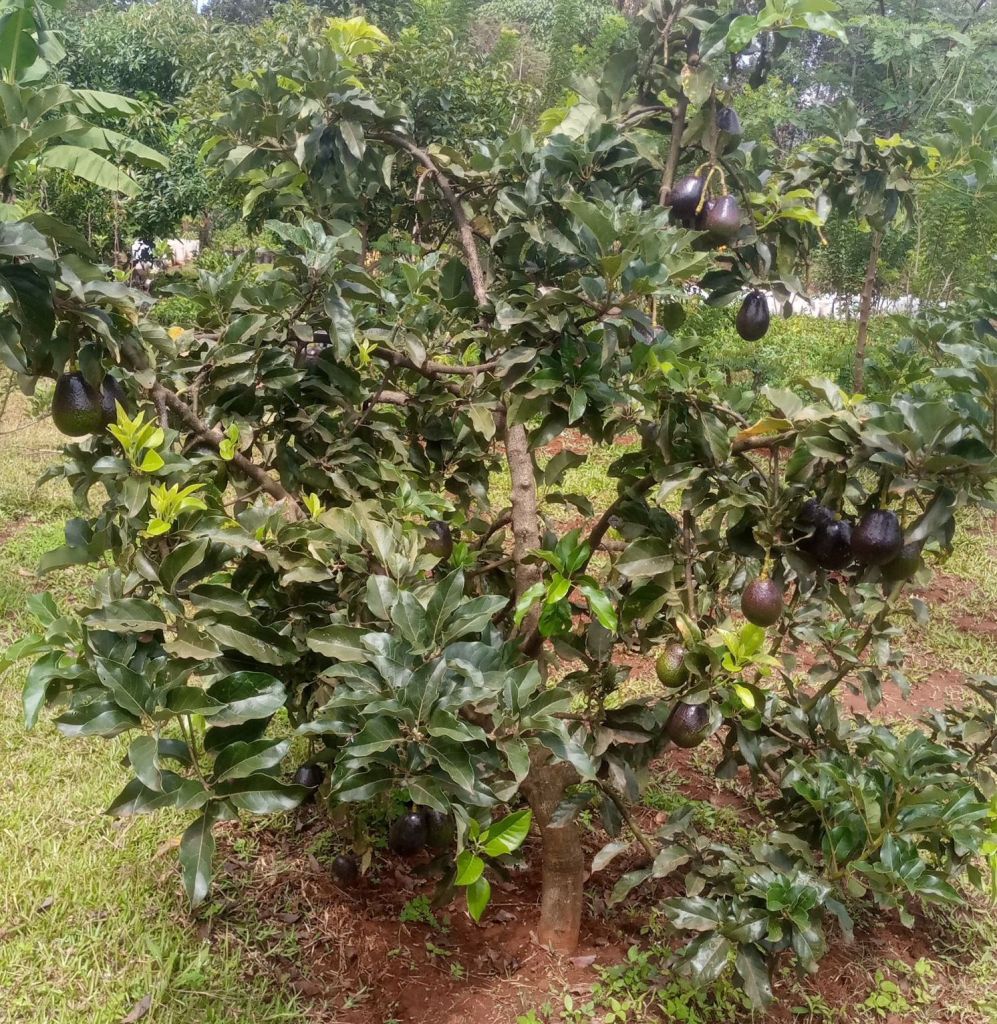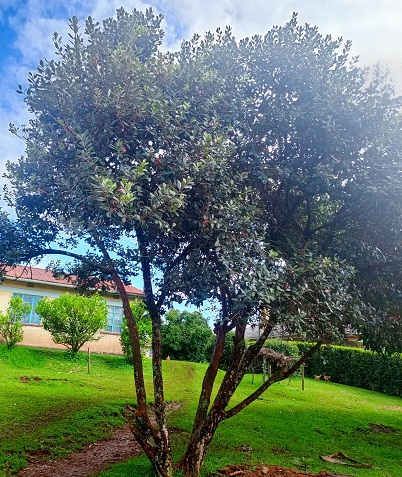Blog Archives
How to grow avocado profitably in Kenya.
This note is about avocado business strategy, and strategies do change from time to time. Let’s ride!
1. Location.
Remember the 3 C’s of location.
a) Clusters-this has to do with capacity that will encourage exporting firms to come buy your product. Unless you are doing large scale,it is important to join forces with other farmers to meet capacity.
b) Climate should be well suited for optimum production.
c) Clients. Who are your customers/market? How will your products reach them?
2. Plant right varieties.
Know what Your market wants and plant those.
3. Proper tree care and management .
-Irrigation.
-Fertilization.
-Crop protection.
-Thinning and pruning
– Harvesting

4. All year round production.
For You to have positive cash flow ensure all year round production. Plant a mix of early, mid and late fruiting seasons varieties.
5. You have to target both local and export market.
Hass, Fuerte and to some extent Pinkerton varieties are preferred for export market. Locally, size dictates the price. There are varieties that produce large size avocados of great taste that transports well, you need to plant those too.
6. Enrol on Etims @ kra
7. Consider branding Your products.
Using online and traditional marketing channels make Your brand standout and be the go to person for direct farm to plate organic avocados.
You as a farmer are the backbone of Your economy and the economy of our country. Planting is Caring, plant more !!!
Feijoa Fruit Seedling Cultivation Tips
Native to southern Brazil, feijoa is an exotic fruit of subtropical origins that can be readily grown in many parts of Kenya. This fruit has a unique flavor and aroma, and is attributed to having a number of medicinal values. Guavasteen and pineapple guava are some of its common names. It is highly nutritious when consumed fresh and luckily it is well adapted having the potential to do well in different parts of the country. This is reason enough for you to plant a few feijoas just as a custodian, for your own consumption and a source of nutrients.
If you opt to plant some, consider the following:
- Climate
Feijoas grow well in the tropics, subtropics and warm temperate areas. If guavas thrive in your location, feijoas will probably do well too. Temperatures between 15°C and 35°C , and an annual rainfall of 1000mm is desirable. You will have to water your plants especially when they are still young or when they show signs of water stress.
- Soil and planting
Most soil conditions are ideal for feijoa cultivation as long the soil drains well and rich in organic matter. Soil PH of 5.0-7.0 is desirable for optimum growth. Ensure your site receives enough sunlight; avoid areas that are prone to cold air and frost.
- Training and pruning
Train your feijoa tree early enough for upright growth and right tree shape. Prune you trees after harvesting season is over. You need a tree that is a metre above your height. This will enable easier maintenance and harvesting.
- Pests and disease
Feijoa even though resistant to pest and diseases, you still need to ensure your plants are well fertilized to avoid any nutrient deficiencies that may lead to disease and pest attack. Common pests include: fruit fly, caterpillars and scales. Leaf spot fungal disease is a major concern that we have not so far. Watch out for any signs of early disease and pest attack and act accordingly.
- Harvesting
Your plant is likely to start fruiting in the 3rd – 4th year of planting. The fruits do not change colour when ripe so it is hard to determine if they are ripe by observation. Fruit that are ripe naturally drop from the tree. Fruits that ripen on the tree will detach easily when harvesting. Plant It!!!




